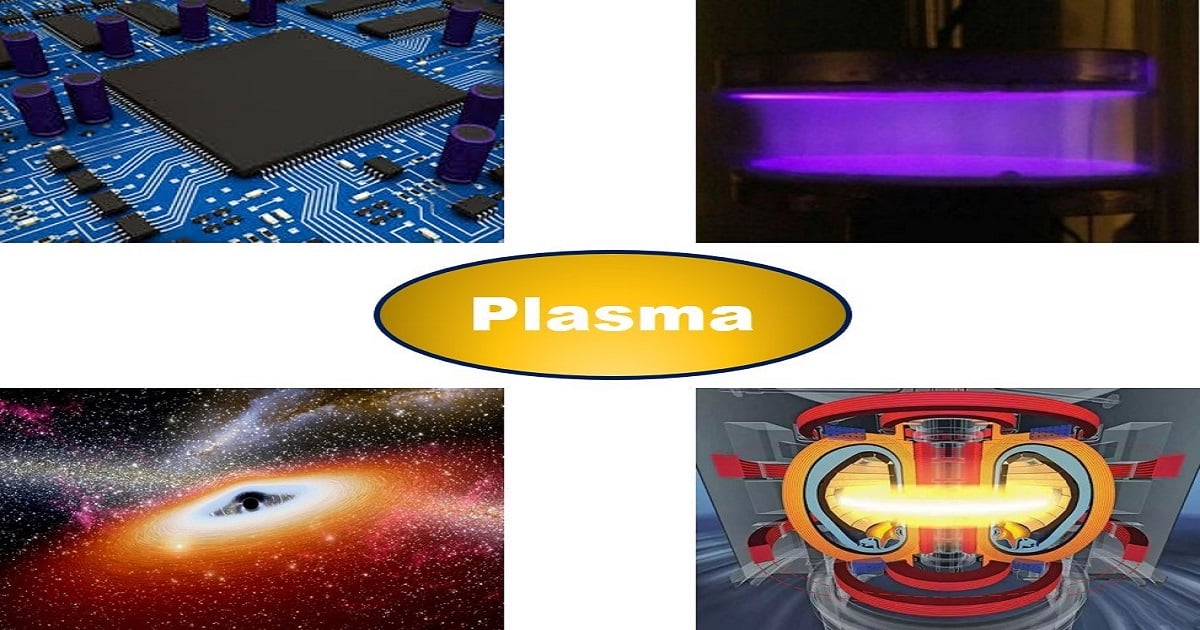Plasma Physics: Theory, Methods and Applications
A special issue of Applied Sciences (ISSN 2076-3417). This special issue belongs to the section "Applied Physics General".
Deadline for manuscript submissions: 20 September 2024 | Viewed by 1312

Special Issue Editor
Special Issue Information
Dear Colleagues,
Plasma is the fourth type of mass, besides solid, liquid, and gas. It is composed of a mixture of electrons, anions, cations, neutrals, photons, etc. Electromagnetic interactions exists among plasma, e.g., the ambi-polar diffusion potential, which leads to quasi-neutral plasma. This is a weak coupling interaction. In addition, plasma has the ability to shield any charge inserted into it, i.e., the famous Debye’s shielding, which embodies the collective interaction of plasma. Moreover, when the translational speed of certain plasma species exceeds over Bolm’s velocity, the electrical neutrality is broken, and the net charge evolves self-consistently from plasma, giving the double layer, soliton, shock, and sheath structure. This is the nonlinear behavior of plasma which forms due to the strong coupling interaction.
There are two types of plasma: gaseous discharge plasma in the laboratory and astrophysics plasma in cosmic space. Many methods can be used to generate discharging plasma, e.g., direct current power source, radio frequency power source, pulse power source, hollow cathode structure, glow or arc, micro-discharge, atmospheric or low pressure, plasma jet and torch filament, dielectric barrier discharge, etc. The generated plasma is either in thermal and chemical equilibrium or not. The plasma of thermal and chemical equilibrium, i.e., arc plasma, has a high entropy value and can be used in chemical synthesis. The plasma of non-thermal and chemical equilibrium, i.e., glow plasma, has low dielectric damage and can be used as film in the deposition and etching process. Most laboratory plasmas of gaseous discharge are low-temperature plasma, except for nuclear fusion plasma. Nuclear fusion can be achieved by two means, i.e., magnetic confinement and inertial confinement, and, hence, the plasma formed is called high-temperature plasma (100 million degree Celsius). Cosmic plasma pays attention to the double layer nonlinear structure and wave dynamics of plasma and its coupling to the magnetic field.
This Special Issue related to plasma physics is focused on the theory, method, and application of plasma. Therefore, we welcome the submission of any type of works that report on the generation of laboratory plasma, the investigation of its property by means of numerical simulation and experimental diagnostics, and the application of plasma, including both low-temperature and high-temperature plasmas. Moreover, this Special Issue is also suited for the submission of works that attempt to build relations between laboratory plasma and astrophysics plasma.
Dr. Shuxia Zhao
Guest Editor
Manuscript Submission Information
Manuscripts should be submitted online at www.mdpi.com by registering and logging in to this website. Once you are registered, click here to go to the submission form. Manuscripts can be submitted until the deadline. All submissions that pass pre-check are peer-reviewed. Accepted papers will be published continuously in the journal (as soon as accepted) and will be listed together on the special issue website. Research articles, review articles as well as short communications are invited. For planned papers, a title and short abstract (about 100 words) can be sent to the Editorial Office for announcement on this website.
Submitted manuscripts should not have been published previously, nor be under consideration for publication elsewhere (except conference proceedings papers). All manuscripts are thoroughly refereed through a single-blind peer-review process. A guide for authors and other relevant information for submission of manuscripts is available on the Instructions for Authors page. Applied Sciences is an international peer-reviewed open access semimonthly journal published by MDPI.
Please visit the Instructions for Authors page before submitting a manuscript. The Article Processing Charge (APC) for publication in this open access journal is 2400 CHF (Swiss Francs). Submitted papers should be well formatted and use good English. Authors may use MDPI's English editing service prior to publication or during author revisions.
Keywords
- low-temperature plasma
- thermal nuclear fusion plasma
- film deposition and etching process
- numerical simulation and experimental diagnostic
- astrophysics plasma
- thermal and chemical equilibrium





